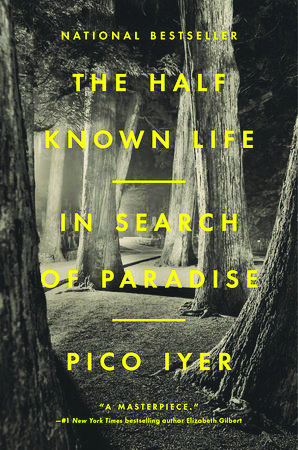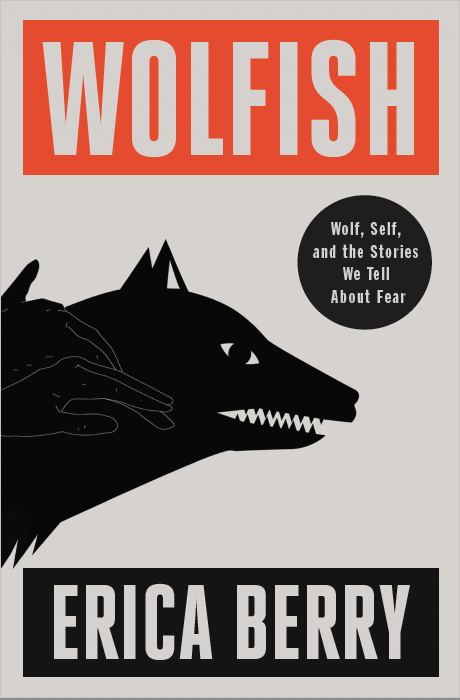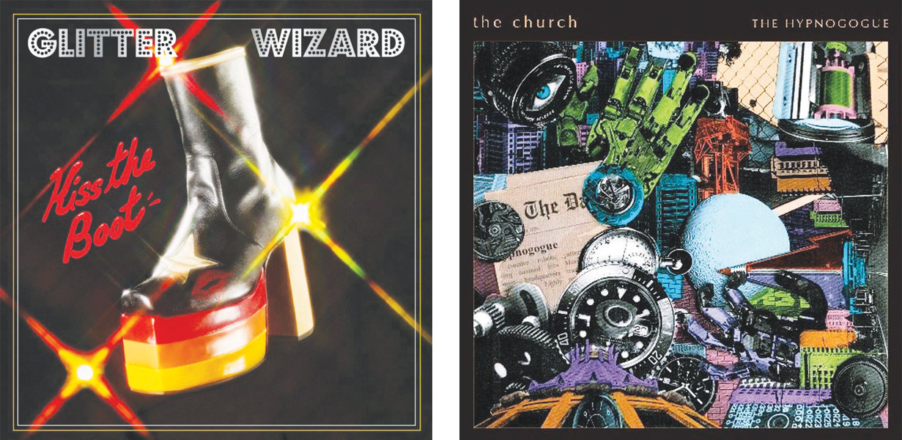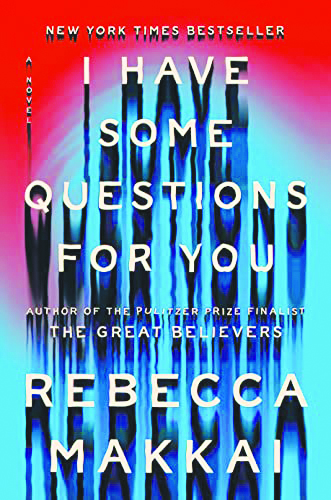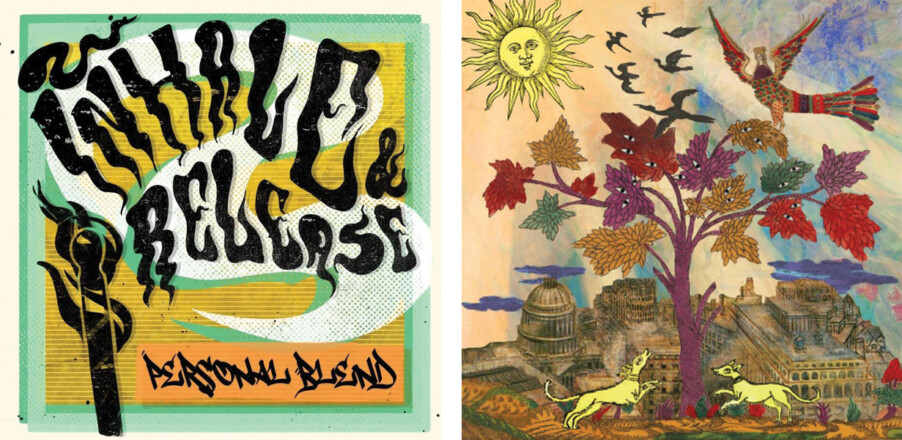The Half Known Life, by Pico Iyer (Riverhead, 225 pages)
Pico Iyer is primarily known as a travel writer, but it should not be surprising that he delves into the spiritual in his latest book, given that he spends a part of each year in silent retreat at a hermitage in California. In The Half Known Life, Iyer rummages through his experiences traveling from Iran to Israel to Sri Lanka to North Korea.
The book is a travelog, of sorts, and the subtitle (“In search of paradise”) suggests that he intends to write an examination of how different religious traditions view the afterlife. But Iyer’s purpose is more complex than that.
Our longing for paradise after death is simply an extension of our longing for paradise on Earth, whether it be a place or a state of mind. He quotes Omar Khayyam, “Take care to create your own paradise, here and now on earth.” He is more concerned with how we live together in this realm, on this planet, given our vastly different perspectives on life’s biggest questions. How, he asks, can we “keep faith with even the hope of Paradise when nearly all the paradises I’d seen were, sometimes for that very reason, war zones?”
Ultimately, he offers no prescriptions, only musings, and a wealth of trivia on different cultures’ views of death and what comes after.
In Japan, for example, cemeteries are called “cities of tomorrow,” a hopeful take on human remains. Iyer writes of his Japanese wife’s custom of maintaining an altar in their home dedicated to her deceased parents, of leaving food and tea for them there every morning, and visiting their graves to tell them everything that’s going on in the family. “The doors between the living and the dead are kept open across the land, and at intervals throughout the year, lanterns are lit so the dead can make their way back to earth and look in on their much-missed loved ones.” To some Japanese, the dead are even closer to the living than they were in life.
In Sri Lanka, Iyer retraces the steps of the famed monk Thomas Merton, who was found dead in Bangkok shortly after his travels. Although a Christian, Merton had been moved by a 46-foot Buddha in deathly repose, so much so that he later wrote, “I know and have seen what I was obscurely looking for.” Iyer marvels at this, “that a man who had devoted his life to the Christian God had been so stirred by the face of the Buddha, as if heaven was not the private property of any group.”
In Australia, Iyer visits the coastal city of Broome, where he is confronted by hostile Aboriginal people who resent the encroaching tourism. He notes that although a majority of Aboriginals identify as Christians, “they did not understand why Europeans needed to go into a special house to talk to God, eyes closed. For them, the promised land was nowhere but the land around them.”
And in Kashmir, the contested region which has territory that belongs to Pakistan, India and China, he visits the places that once represented earthly paradise to his mother and extended family, and muses on Salman Rushdie’s poignant question, one that can keep you up all night: “Was happiness God’s gift, or the Devil’s? He’d begun his book on Kashmir by quoting the local poet Agha Shahid Ali: ‘I am being rowed through Paradise on a river of hell.’”
And of course, he visits Jerusalem, which he has come to believe is “the place where everyday morality and religion part ways, on grounds of irreconcilable differences.” The constant tussling over holy spaces by Muslims, Jews and Christians (and within Christianity, that tussling between various denominations) renders the city a crowded and harsh cacophony that contradicts the heart of the various faiths. Jerusalem, he writes, is “a riot of views of paradise overlapping at crooked angles.” It is, he writes, “an unusually rooted place … that was always about to go up in flames.”
Iyer is a thoughtful, spiritual man of great intellect who writes beautifully, as in this description of Broome: “Nighttime clouds were illuminated by long, silent flashes, as if the heavens themselves were submitting to an X-ray.” The biographer of the Dalai Lama, he stands outside the biggest Abrahamic faiths — Islam, Judaism and Christianity — yet is reverential to religious faith of all kinds and writes respectfully even as bringing a critical eye to their battles and contradictions.
Still, the book struggled to hold my attention, as it never established a clear storyline other than the author holding forth on the myriad places he has visited; the paradise theme seems thin connective tissue that does not rise to its promise and its usual power. More memorable than Iyer’s own reflections were those of others, such as the Sufi koan about man: “Though drowned in sin / Heaven is his lot.”
Commenting on a particular type of film, Iyer writes, “they hold you for two hours with supple and constant swerves, and at the end you’re farther from a clear conclusion than ever.” The same could be said of this book. Paradise is neither lost nor found here; The Half Known Life is more of a purgatory. C+

